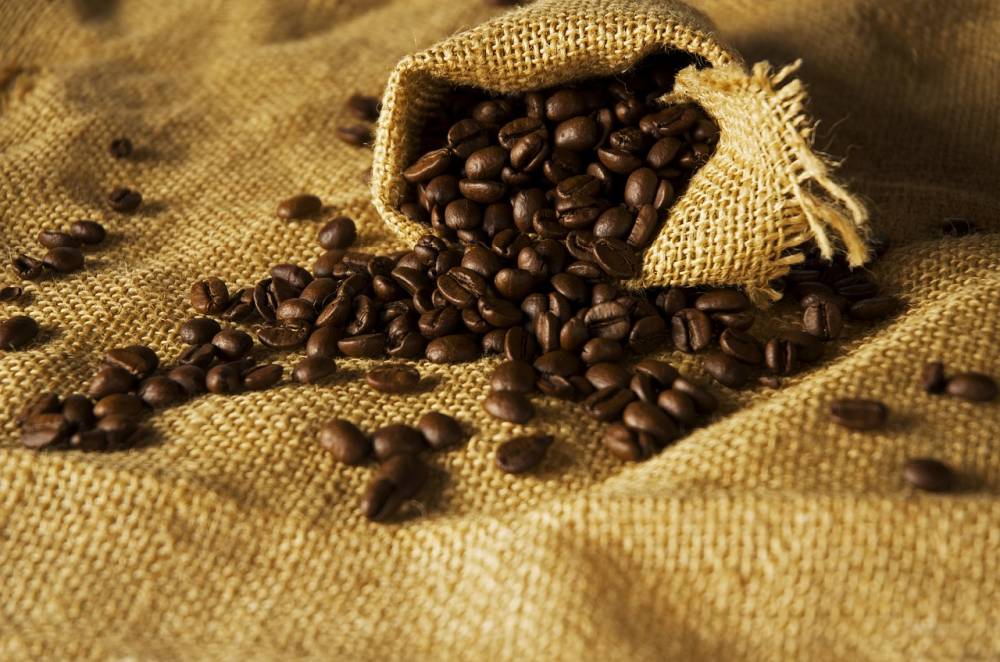
Jute is an amazing eco-friendly fabric. It's widely used in a variety of applications, including for clothing. It's a natural fiber and a great alternative to cotton, linen, or hemp.
Jute fiber is obtained from the bast or skin of the jute plant. The jute plants grow with rainfall, warm and humid climates. The vast majority of all jute globally (more than 99%) is produced in India, China, and Bangladesh.
Jute is an excellent choice to reduce the environment total impact of clothes. It gives clothing and accessories a natural look and feel. It's also one of the cheapest natural fibers in the world.
Jute fibers are strong, durable, versatile, breathable, and lightweight. But they can also be uncomfortable, rough, bulky, and wrinkle easily. That's why they aren't as popular as other fibers for clothing.
Jute is rarely used in garments that stay in close contact with the skin as it isn't soft enough. Jute sweaters, pullovers, and jackets are much more popular.
Fortunately, jute can be blended with other materials, natural or synthetic, to make different fabrics. It's also dyed easily with pigments, natural, sulfur, vat, or reactive dyes.
Jute fabric is found as packaging material for agricultural products, bags, luggage, wallets, or apparel. It's also used for cordage, filters, geotextiles, decorative items, and home furnishings such as canvas, rugs, carpets, or curtains.

Also known as the golden fiber, jute isn't largely accepted in the western world compared to Asian countries. It's still more expensive to produce than synthetic fibers, such as polyester, nylon, or acrylic.
But these man-made fabrics are very polluting. Luckily, there are now many environmentally friendly alternatives available. Read up my sustainable synthetic fabric list to learn about them.
Jute is a very ancient fabric that has been used for centuries. It mostly comes from the jute plants Corchorus olitorius (Tossa jute) or Corchorus capsularis (White jute).
Jute fibers are stripped of the plants after retting, to collect the fibrous material and scrape off the rest. They are then are transformed into textile yarn with spinning wheels or automated machines.
Most jute is from the Ganges Delta, a river delta in the Bengal region of the Indian subcontinent, consisting of Bangladesh and the Indian state of West Bengal.
India is the largest producer of jute worldwide with about 1.95 million tonnes produced in 2018, followed by Bangladesh (1.61 million tons) and China (30,500 tons).
Check out my other article on jute, the next eco-friendly fabric for clothing, for more facts on jute production.
The annual production of jute globally rose to 3,63 million tonnes in total in 2018, which is much less than cotton (30,3 million tons each year).
But regular cotton production is terrible and wasteful. It's mass-produced and has a disastrous environmental impact. Read up about a better option, organic farming, in my article on the case for organic cotton.
Jute is a very sustainable material. it should be used more in the fashion world as it can decrease the environmental footprint of our clothing. Jute is natural, biodegradable, compostable, and recyclable.
The fashion industry has a destructive impact on the environment. It contributes to climate change with tons of carbon emissions. It also creates large amounts of waste and pollution.
Using jute instead of synthetic fabrics helps combat plastic waste and microfiber pollution. We are on the verge of a severe plastic waste crisis. Plastic production is extremely high and waste is inadequately managed.

The green movement is booming, including in the fashion industry. Consumers are asking for more eco-friendly products. And fashion brands are slowly adopting jute for their new collections.
But jute requires a large increase in awareness of its benefits before it can become more prominent in international markets. Fortunately, numerous plans are ongoing to promote jute for different applications.
Jute not only has the advantage of a high crop yield and growth efficiency but also absorbs a lot of carbon dioxide and releases more oxygen than most trees.
It grows over 120 days during the season between April and August. One hectare of jute plants can absorb up to 15 tons of carbon dioxide and release 11 tons of oxygen.
Jute farming also enhances soil quality and fertility for future crops, such as rice, which is commonly planted in the same field.
I encourage you to check the origin of jute as a raw material before purchasing any jute product. Buy items from ethical companies that employ natural and organic production methods.
Do you have any jute products at home? How has your experience been with jute? Let us know in the comment section below.
Was this article helpful to you? Please tell us what you liked or didn't like in the comments below.
About the Author: Alex Assoune
What We're Up Against
Multinational corporations overproducing cheap products in the poorest countries.
Huge factories with sweatshop-like conditions underpaying workers.
Media conglomerates promoting unethical, unsustainable products.
Bad actors encouraging overconsumption through oblivious behavior.
- - - -
Thankfully, we've got our supporters, including you.
Panaprium is funded by readers like you who want to join us in our mission to make the world entirely sustainable.
If you can, please support us on a monthly basis. It takes less than a minute to set up, and you will be making a big impact every single month. Thank you.































0 comments